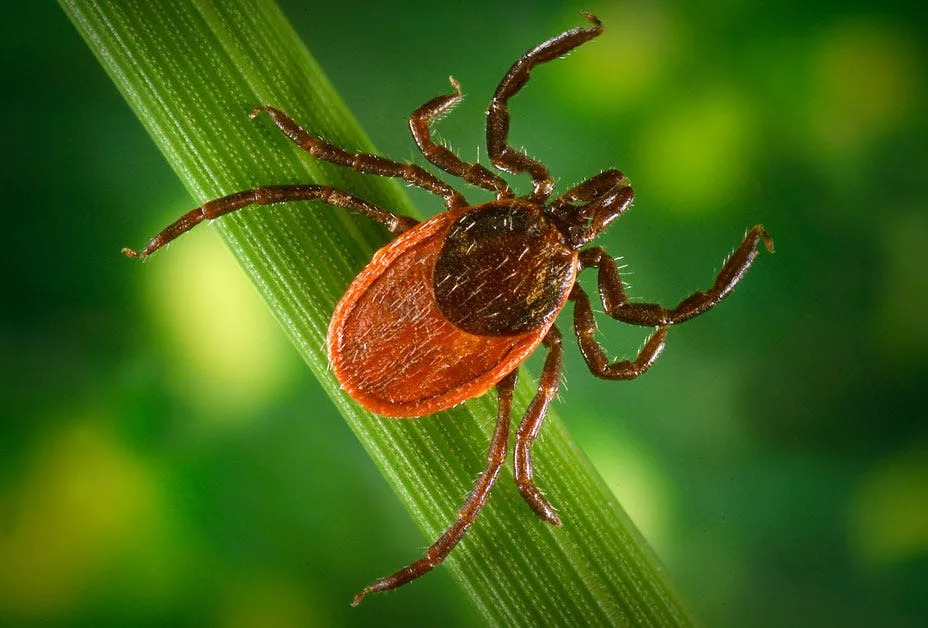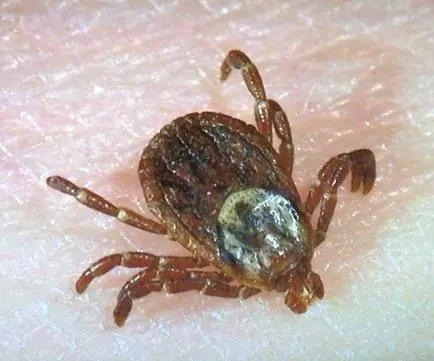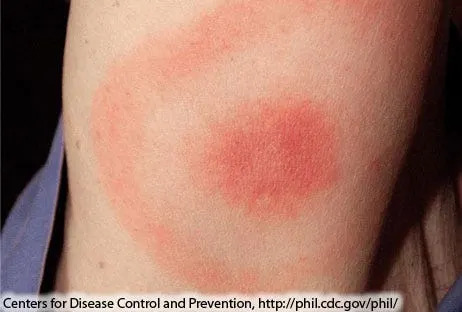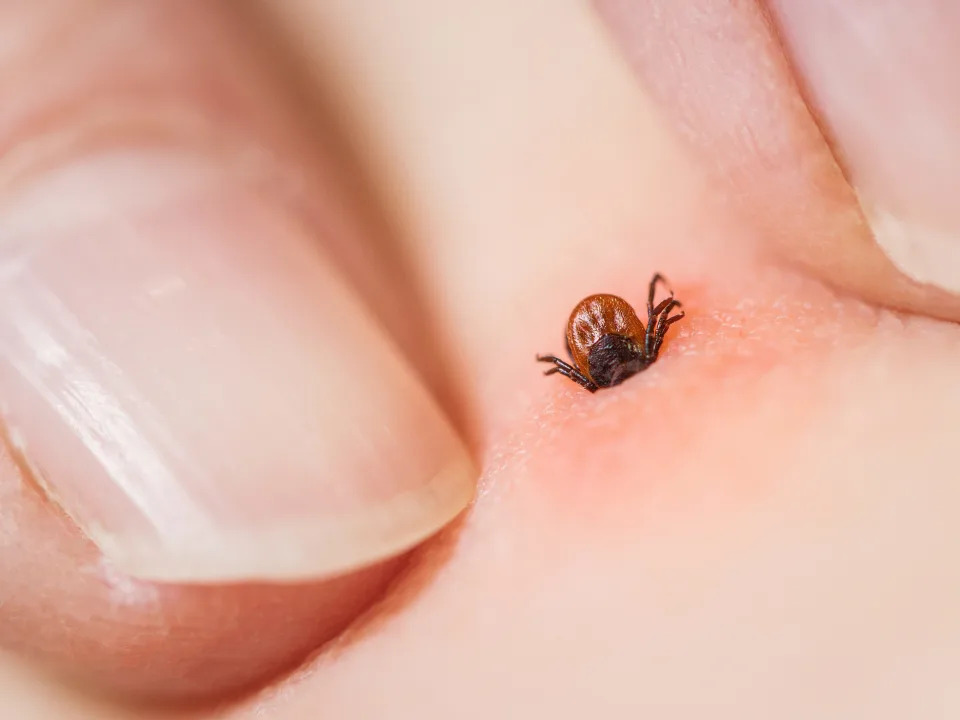The Washington Post
A dip in the ocean this summer? No thanks.
Maura Judkis – July 11, 2023
Try not to think about the ocean. Because if you’re the type of person prone to listless anxiety, a simple question – What’s a submersible? Where do orcas live? – might take you to a deep, dark place. A place like the Hadal Zone, named for the Greek god of hell, where there is absolutely no light and the only creatures that can survive the crushing pressure are characterized by their transparent, gooey skin. Or maybe a place in the Gulf of Mexico called the “Hot Tub of Despair,” an underwater lake full of methane that kills any organism that enters it. Or perhaps a remote part of the Pacific Ocean that has earned the nickname “White Shark Cafe.”
We are having a “Jaws” Girl Summer. It’s giving Moby-Dick Energy. We’re in our Ancient Mariner Era. Is the ocean more terrifying than usual this year, or are we suddenly just more aware of how terrifying the ocean can be?
Here’s an illustrative roundup of recent horrors. Orcas have trained one another to attack boats off the coast of Spain and Portugal. Over the July Fourth holiday, four people were bitten by sharks on New York beaches, and approximately 200 people needed to be rescued from rip currents in Virginia and North Carolina. A man on a fishing trip to a Freeport, Tex., beach last month arrived to discover that tens of thousands of dead fish had washed ashore. Homes in the Outer Banks are toppling into the waves.
Don’t forget the beach where severed human feet wash ashore on a regular basis in a northwest Washington county that recently announced that it is crowdfunding an investigation to identify a recent set of remains. Or the awful video of the teen who jumped off the party boat in the Bahamas in May, only to be swallowed up by the inky black water, and never seen again. Or the fact that Japan is planning to release more than 1 million cubic meters of treated radioactive water – approximately 500 Olympic-size swimming pools, an amount that is considered “safe” – from the 2011 Fukushima nuclear disaster into the Pacific this summer.
Then there was the OceanGate catastrophe, which made millions of people ponder the specifics of an excruciating death: Trapped at the bottom of the ocean in a claustrophobic metal coffin-like tube, in a dark blacker than any night, with 96 hours of oxygen left to contemplate the unlikelihood of rescue and your imminent suffocation. What actually happened was no less horrific, but somehow seemed kinder: being crushed to death in milliseconds by as much as 6,000 pounds of pressure per square inch.
In the ocean, that’s a good way to go.
That’s what Alexandria Neonakis realized during the days she spent transfixed by the submersible crisis.
“At every step, every fact that you learned about it” – The video game controllers! The strange knocking noises! The fact that it was bolted shut from the outside! – “was so much worse, and it kept getting worse,” says the 38-year-old artist. “Social media just enabled that to go even crazier, because it takes your imagination and it amplifies it, because everybody’s thinking insane things,” such as: Did one of the rich men on the submersible kill another one of the rich men to conserve oxygen?
The speculation became “a feeding frenzy,” she says. Which is yet another terrifying thing you find in the ocean.
Space is also a terrifying void, but “that’s pretty far. I don’t have to worry about that,” Neonakis says. She does not have a quarter of a million dollars to spend on space tourism, so she won’t end up on a rocket anytime soon. And, yes, that’s the same price the now-defunct OceanGate charged people for a trip down to the wreckage of the Titanic, but unlike space, you can get swept away by the ocean for free. “It’s like, right there,” Neonakis says. Near Los Angeles. Where she lives.
The term for fear of the ocean is thalassophobia. Myths about deep-sea monsters can be found in ancient cultures from all across the globe. “The lack of adoration, desire for interaction, or simply fear itself, towards the deep sea is not irrational but rather primal,” wrote a team of marine researchers in a 2021 paper examining why the public seems to not care about deep-sea exploration as much as space exploration. We associate “up” with heaven, and “down” with hell.
And the fear of the unknown, combined with the vastness of a seemingly infinite horizon and improbability of rescue, makes great horror fodder, which is why the ocean has been the setting for so many scary movies. Most are fiction, such as “The Meg” and “The Shallows,” but some, such as 2003’s “Open Water,” about a couple mistakenly left to die during a scuba expedition, are based on true stories. As “Jaws” taught us, you don’t have to be out in the deep ocean to encounter its frights: Just last week, a dorsal fin popped up at Navarre Beach near Pensacola, Fla., prompting a chaotic scramble amid screams of, “Get out of the water!” Jellyfish wrap their tentacles around an ankle. Stingrays slink around the shallows. Something you can’t see just brushed past your thigh.
Mark Fryers, a British researcher who studies media representations of marine culture, says he wouldn’t be surprised if we eventually get a movie based on the ill-fated submersible.
“The sea is something of a castigating mirror: It reflects back our bad deeds,” Fryers says. “We know we’re creating, as a species, more damage in the ocean. It comes back to haunt us. It all washes back to us. There’s a pervasive sense of death and decline and self-examination.”
The problem, too, is that we focus on the unlikely catastrophes and ignore the more commonplace ones: A coast guard that allows a boat full of migrants to capsize. An ocean that is rapidly warming. Microplastics. Instead, we think about the sharp fangs of the anglerfish, or the tentacles of a colossal squid, or the spindly six-foot-long (!) legs of the Japanese spider crab. Those glow-in-the-dark fish with a bajillion fangs. Something called a goblin shark. Even the most delicious creatures in the ocean can be kind of gross, when you think about it: As a popular meme reminds us, shrimps is bugs.
Even if those creatures don’t give you anxiety, there is one that might: the great white shark.
We may have been hearing more about sharks lately – Cape Cod has become “one of the largest white shark hotspots in the world,” according to Scientific American – but it’s been a pretty typical year so far, says Gavin Naylor, director of the Florida Program for Shark Research at the University of Florida.
“We’ve had a similar number of bites thus far this year as we did at this stage last year,” Naylor tells us via email. “Every year people seem to think ‘This year is different.’ I guess they must forget how they felt this time last year.”
It’s related to a phenomenon researchers call “sea blindness,” which sounds like something that afflicted pirates and castaways, but is actually contemporary: It refers to how oceanic issues “tend to disappear from our consciousness, our daily life,” Fryers says, until an event or flash point brings them abruptly back. Like the submersible.
“Every horrifying story about the ocean is so f—ing horrifying. It’s not like it’s a little horrifying. It’s like, ‘Wow, that’s the worst thing I’ve ever heard,'” Neonakis says. Better to just brave the myriad horrors on dry land.




















